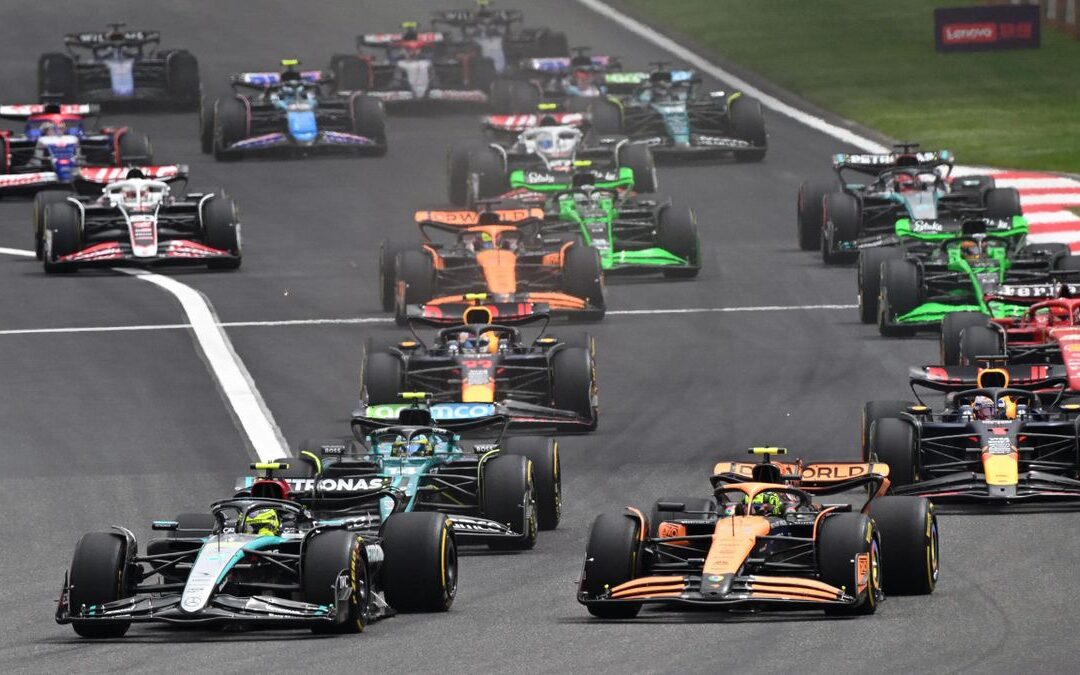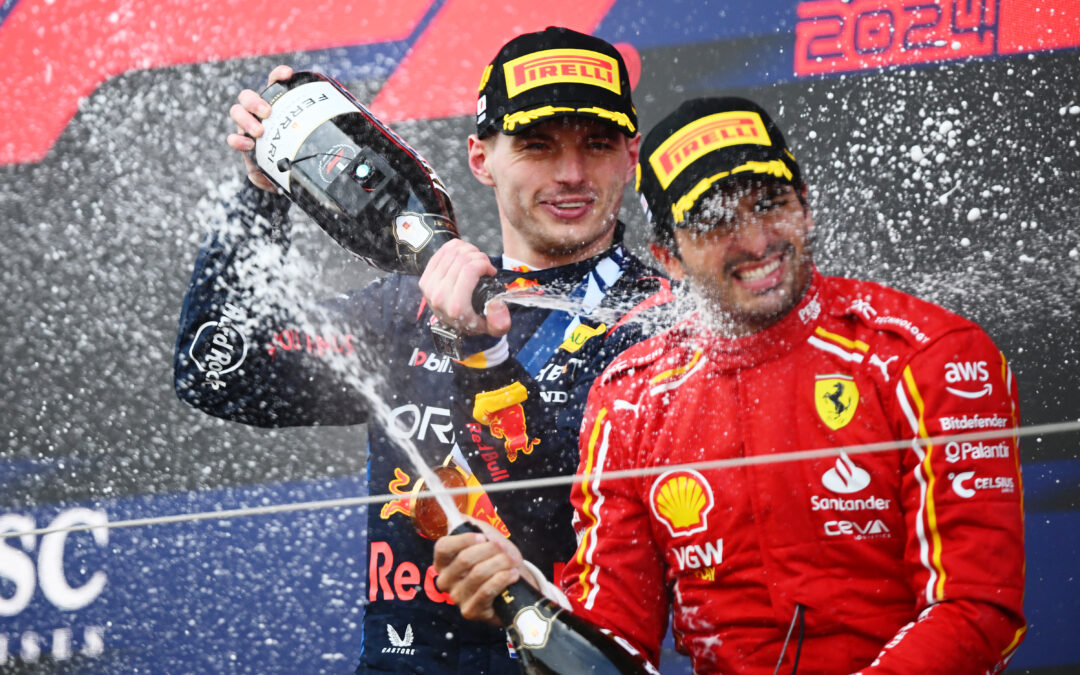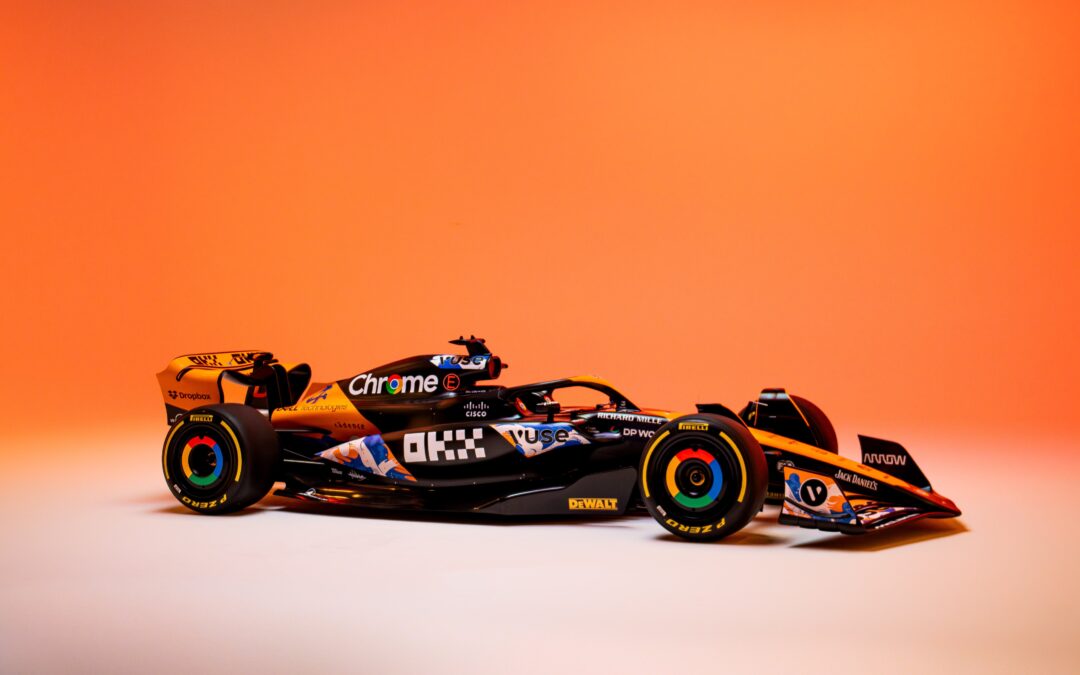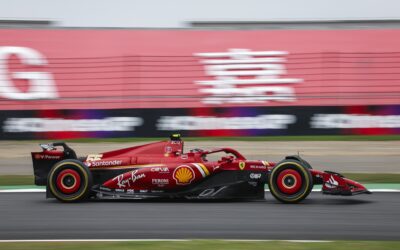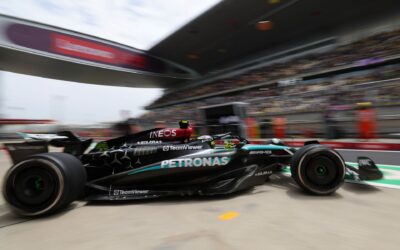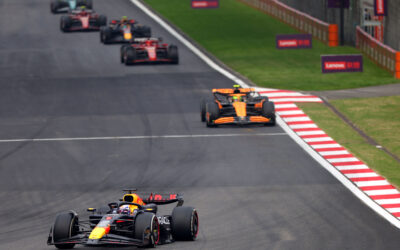Mexican GP: High Altitude, High Hopes for Ferrari
Two years after the last Mexican Grand Prix, Formula 1 returns to the streets of the Central-American capital for the first leg of the last triple header of the season – which will continue over the next two weeks with the Grand Prix of Brazil (another return) and Qatar (a new entry).
The Autodromo Hermanos Rodríguez has been altered before its return to Formula 1 in 2015, but has never changed address. Located at an altitude of 2,285 meters above sea level, the Mexican street circuit sits over 1,000 meters higher than any other track on the calendar – which makes it “special” for the quality of its air.
The air density here is 25% lower than at sea level; this will affect not the drivers as much as the cars.
High Altitude, High Downforce
The lower the density of the air, the lower the drag: the cars will be able to experience high straight-line speeds even when running a high downforce setup – as the vertical load will only be 75% as effective than it would be at sea level. However, this also means that downforce will be less effective where the single-seaters will be needing more traction, causing sliding on the tyres.
For this reason, teams usually opt for a high downforce setup in Mexico – as if it were Monaco, but faster thanks to the low levels of drag. A car with more drag, therefore able to generate more mechanical grip, will have less difficulty navigating the important braking zones and the tortuous third sector, and will be able to prevent sliding on the tyres even on harder compounds – without compromising its top speed.
Red Bull, Ferrari, Alpine and Williams will be able to make good use of their draggier chassis; on the contrary, the aerodynamic efficiency – a real boost on those lower-altitude straights – of the McLaren, Mercedes and AlphaTauri packages could turn into a deficit on this circuit.


Levelling the Engines
The reduced air density poses a challenge to every manufacturer; engine performance will be affected by it, and the gaps will become smaller as the focus shifts to the hybrid.
The Power Units will be put to the test: the turbocharger will be forced to work at a higher than normal speed to recover the energy lost due to the reduced air density. As well as raising the risks of overheating the engine, this also means that the compressor will be subjected to higher levels of mechanical stress.
However, a smaller turbo (like Honda and Ferrari‘s) will be able to spin faster and for longer with less risks of overheating, thus supplying more oxygen for the ICE to burn through ignition. On the contrary, the Mercedes Power Unit has experienced issues with overheating at high altitudes in the past, due to having a bigger turbo.
Therefore, the contribution that the hybrid will be able to provide to the endothermic components will be the key to success: the ERS system will have the task of compensating the power deficit of the ICE. The greater the power output, and the longer the ERS will be able to sustain it for – the more powerful will be the engine as a whole.


Ferrari Aims High
Ferrari arrives in Mexico carrying a glass that certainly looks half full – and hopes to end the weekend on a high celebrating with its namesake bubbles on the podium.
The advantage that Mercedes and Red Bull have over the Scuderia certainly won’t disappear at high altitude; however, the gap between them could be as narrow as it was in Monaco – with Mercedes in the role of the underdog and McLaren behind in the direct comparison – and between Verstappen and Pérez there could be more than one opening for the two drivers of the Rossa.
The SF21 has proven to be competitive on high-downforce circuits, and it has been even more convincing since the ERS upgrade. Charles Leclerc has taken two pole positions this season (Monaco – the best chance, which unfortunately ended with a DNS – and Baku), and he should not be underestimated this Saturday in Qualifying, as well as on Sunday in the race. Not to be discounted either, Carlos Sainz achieved his best qualifying result (P2) in Sochi in the wet, and has been on the podium three times since he started wearing red.
Turbo and ERS management will be crucial for Ferrari if they are to maximise their results this weekend in Mexico – but so will a good strategy and a choice of setup that favours the harder compounds given the high degradation rate of the softer ones.
After Carlos Sainz’s Pit Stop mishap in Austin, which cost the Spaniard an undercut on Ricciardo’s McLaren, Mattia Binotto – who will not be at the circuit this weekend – had spoken of the team’s need to improve their Pit Stops. Given that the time lost in the pits in Mexico is usually around 18 seconds, which just as it happened in COTA will favor a double-stop strategy as well as undercuts, Ferrari will have to nail their Pit Stops this Sunday if they want a shot at the bubbles.
After Monaco (and Budapest), the Mexican Grand Prix represents perhaps the best opportunity of the season for Ferrari – which with Brazil next week could recover even more points on McLaren, allowing them to claim P3 in the Constructors’ standings.
The Maranello team will therefore have to take full advantage of the situation and try to avoid mistakes, especially given the chances of an engine penalty for Norris – who in the first part of the 2021 season had been the thorn in the side of the Red duo.
With some luck to assist them, the Scuderia could even hope to achieve more than just a podium.

Author: Sara Esposito



